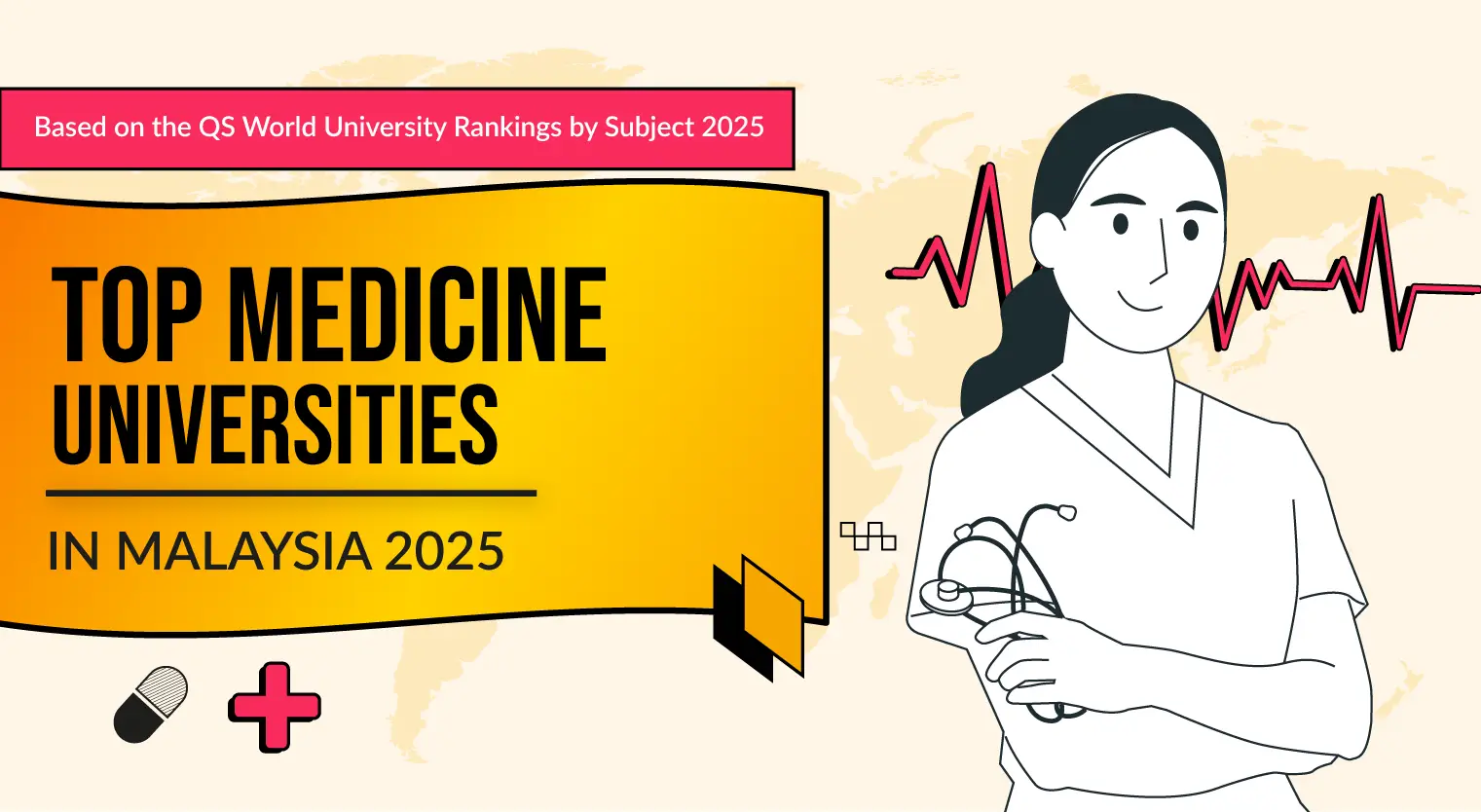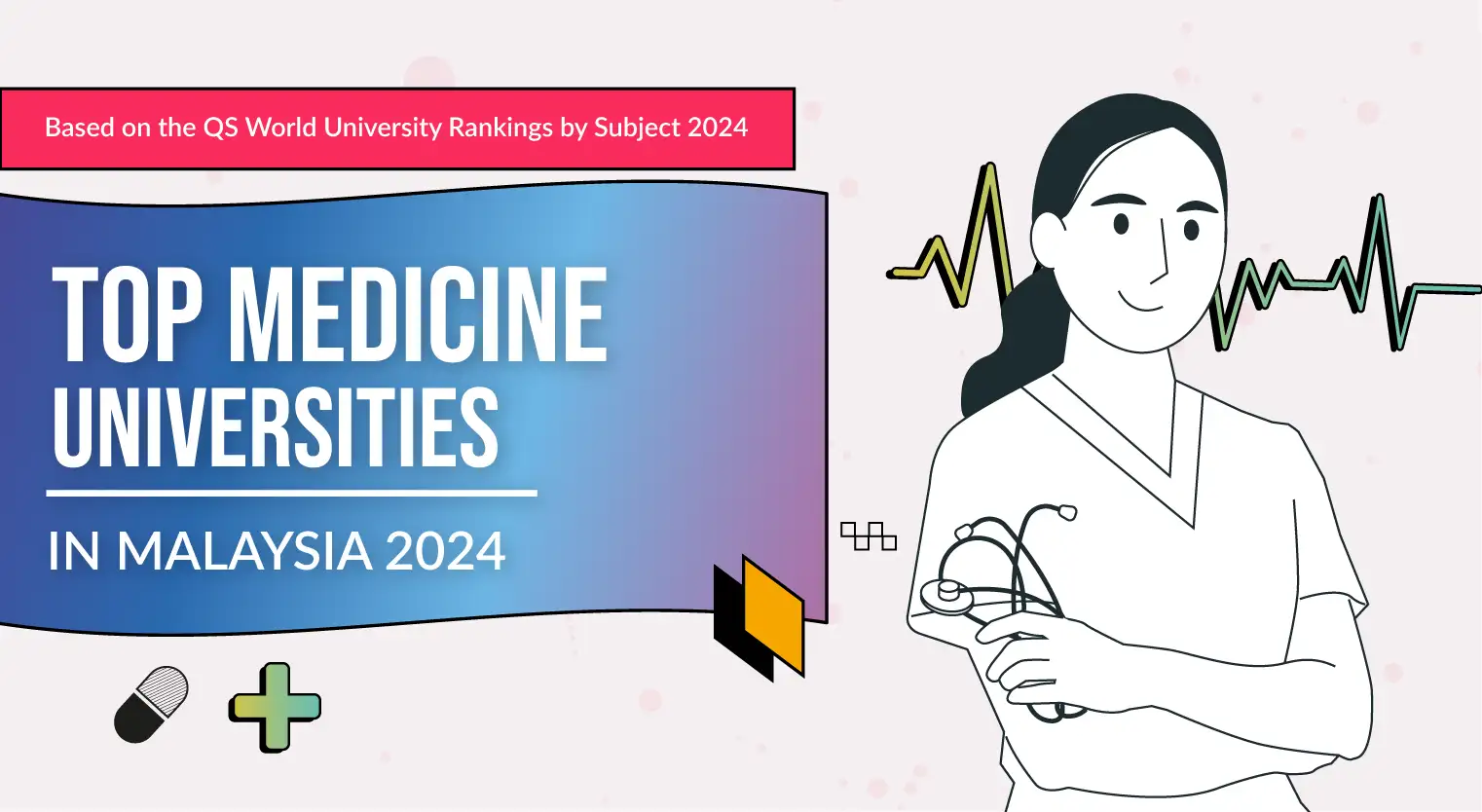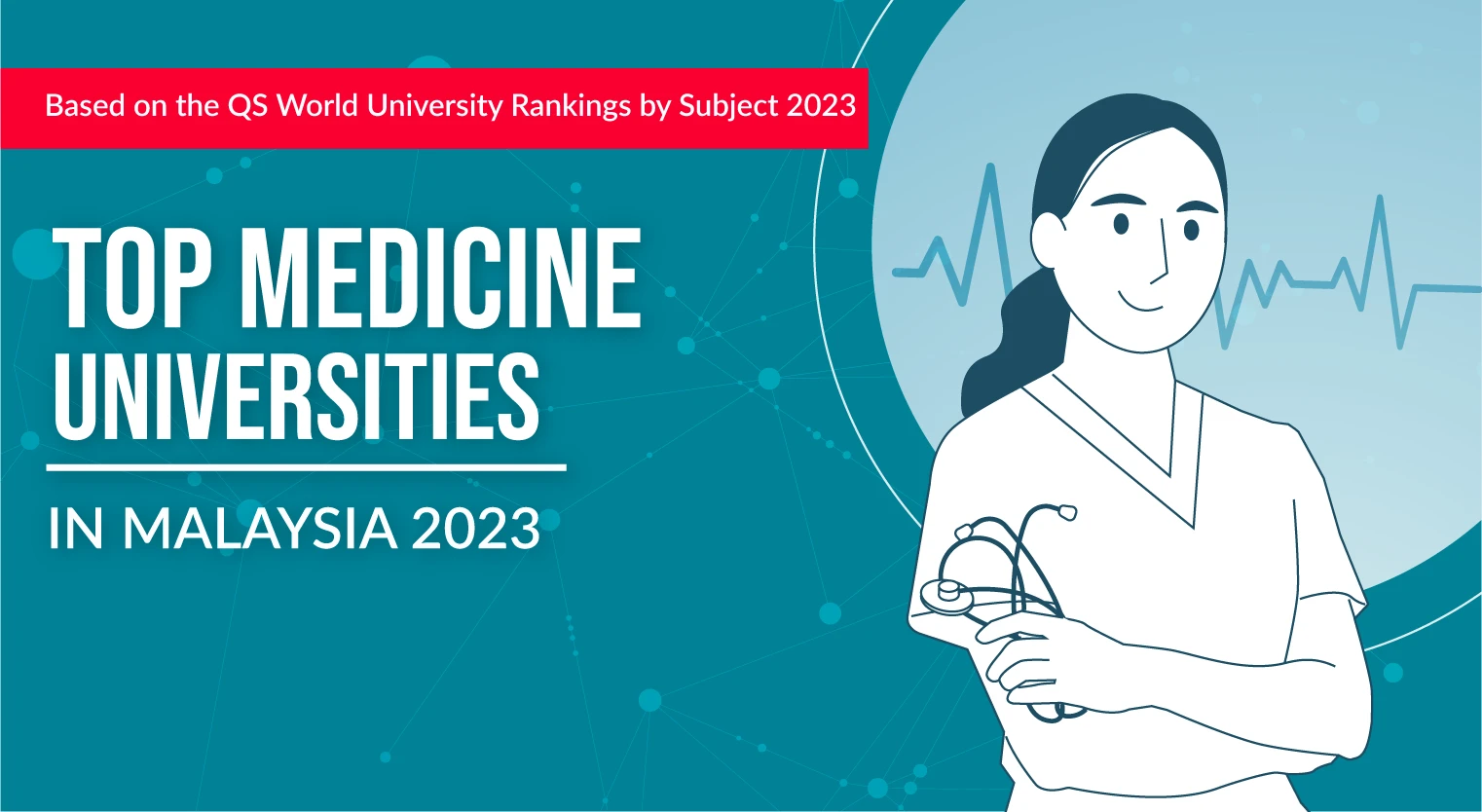5 Life-Changing Medications That Changed the World
Think you know your history? Without these medications, our life as we know it today would be very different.
Updated 20 May 2022
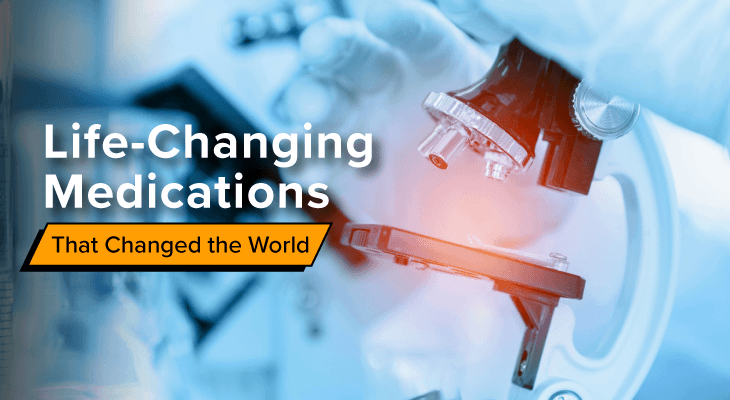
Once upon a time, a scratch would spell a certain death.
Today, thanks to the advent of life-saving medications, we can still live a normal life even with multiple health complications. While we are still far from finding the cure to everything, there’s no doubt of how far we’ve come as a society.
If you don’t believe us, here are 5 medications that have saved and improved our lives.
#1. Penicillin as an antibiotic

In the past, you could die from a single cut or scratch. Then came penicillin and with that, infections like rheumatic fever and pneumonia were no longer the death sentence they once were.
Penicillin was first introduced as an antibiotic in the 1940s. It was the first of its kind and it works by attacking and stopping bacterial growth. Often credited as a life-changing discovery, penicillin helps herald the age of antibiotics. From there, things took a turn for the better.
You can still die from pneumonia and other infections. But thanks to antibiotics like penicillin, the probability of that happening has decreased significantly.
DID YOU KNOW
You have to finish all the prescribed antibiotics in order for the treatment to be effective. Read more about that here.
#2. Ether as a precursor to anaesthesia

Surgery used to be conducted without any anaesthesia. Yep, you read that right. Once upon a time, patients had to be held down while surgeons cut and hacked their way through. It’s almost too much to imagine but it was a reality lived by many. Thankfully, ether was discovered.
Ether, a solution synthesised from a mixture of sulphuric acid and alcohol, was considered to be the first general anaesthesia. One early use of it even included a hilarious quip from the patient who, after waking up from his surgery, asked the surgeon when he was going to start.
It wasn’t always safe. Crudely administered with nothing but a soaked sponge, it was hard to control the amount given to the patient. Too much of it could be fatal. But ether has continued to contribute to the advancement of surgery. Today’s general anaesthesia, significantly safer than its past iterations, often includes a mixture of inhalable gases and various derivatives of ether.
DID YOU KNOW
Anaesthesiology is only one of the many specialisations in medicine. Learn more about the medical field here.
#3. Morphine for pain management
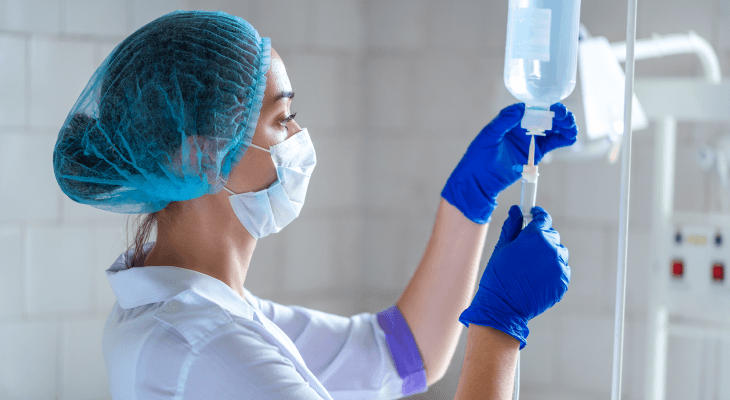
Everyone feels pain. Sometimes, the feeling is intense enough that you might even need help managing it. One of the most popular pain management medications is actually morphine.
Morphine, first talked about in the 1800s, was discovered by a young pharmacist’s assistant, Freidrich Wilhelm Adam Serturner. Serturner was curious about the medicinal properties of opium. After countless experimentations, he successfully extracted a substance called morphine, named after the Greek god of dreams, Morpheus.
While it has been more than 200 years since its discovery, morphine continues to play an important role in modern pain management medication. With more than 230 tonnes of morphine used every year for medical reasons, there’s no doubting the importance of this medication.
PRO TIP
Curious about other life-changing medication? Sign up for a pharmacy programme.
Apply for university with EduAdvisor
Secure scholarships and more when you apply to any of our 100+ partner universities.
Start now#4. Insulin therapy to manage diabetes
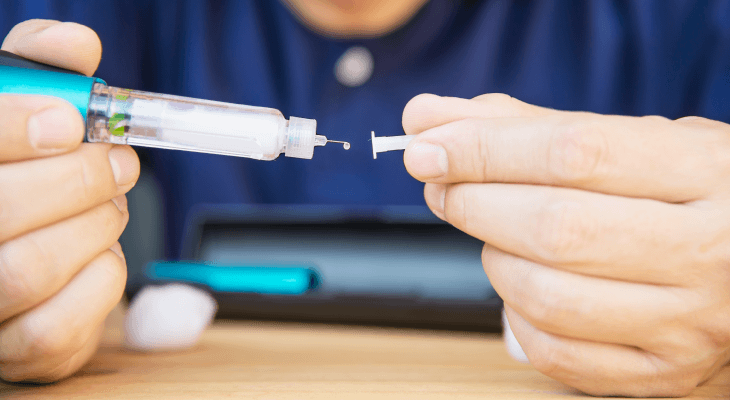
Insulin is a natural hormone produced by the body. It’s an important part of your metabolism and without it, your body can’t make or store energy. When your pancreas stops producing insulin, you have what is called Type 1 diabetes.
Before there was any viable treatment, children with Type 1 diabetes lived on average 1.4 years after diagnosis. Adults did slightly better, with 1 in 5 of them living up to 10 years, albeit with multiple health complications. In short, having diabetes used to be a death sentence.
Today, it’s a different story. Insulin therapy is a life-saving treatment that provides insulin to your body. Thanks to this medication, people with Type 1 diabetes can now have an almost normal life expectancy.
PRO TIP
Interested in finding solutions to treat diseases? Biomedical science is the course to take. Register with us to study bioscience here.

#5. Smallpox vaccine
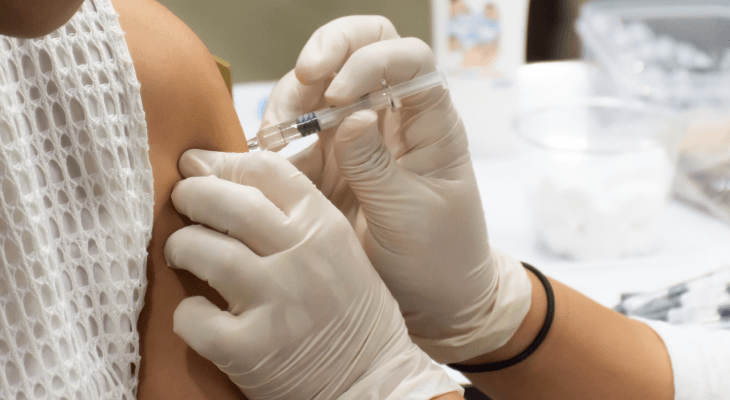
Vaccines played an important role in our society. It helps create herd immunity, which consequently leads to a decrease in disease transmission and an increase in public safety. And we owe most of our gratitude for the vaccines of today to the world’s first vaccine — the smallpox vaccine.
The extremely infectious smallpox virus used to be a nightmare. It had spent more than 3,000 years destroying communities all over the world. Thousands die every year. From world leaders to peasants, no one was immune. Then, a miraculous discovery was made.
In 1796, doctor Edward Jenner noticed that dairymaids rarely contracted smallpox after bouts of cowpox, a similar but far less dangerous virus. He decided to conduct an experiment and found that inoculating someone with a less dangerous version of the same virus can help their body build immunity and avoid contracting the disease.
This theory has been the driving force behind many vaccine creations. Applying the same theory has led to the development of vaccines for diseases like yellow fever, mumps and rubella. The rest is history.
DID YOU KNOW
Vaccines have been the subject of many misconceptions. Get your facts right here.
Thanks to these medications, we now have a better chance at living our life to the fullest. Compared to our ancestors, we truly have it better.



